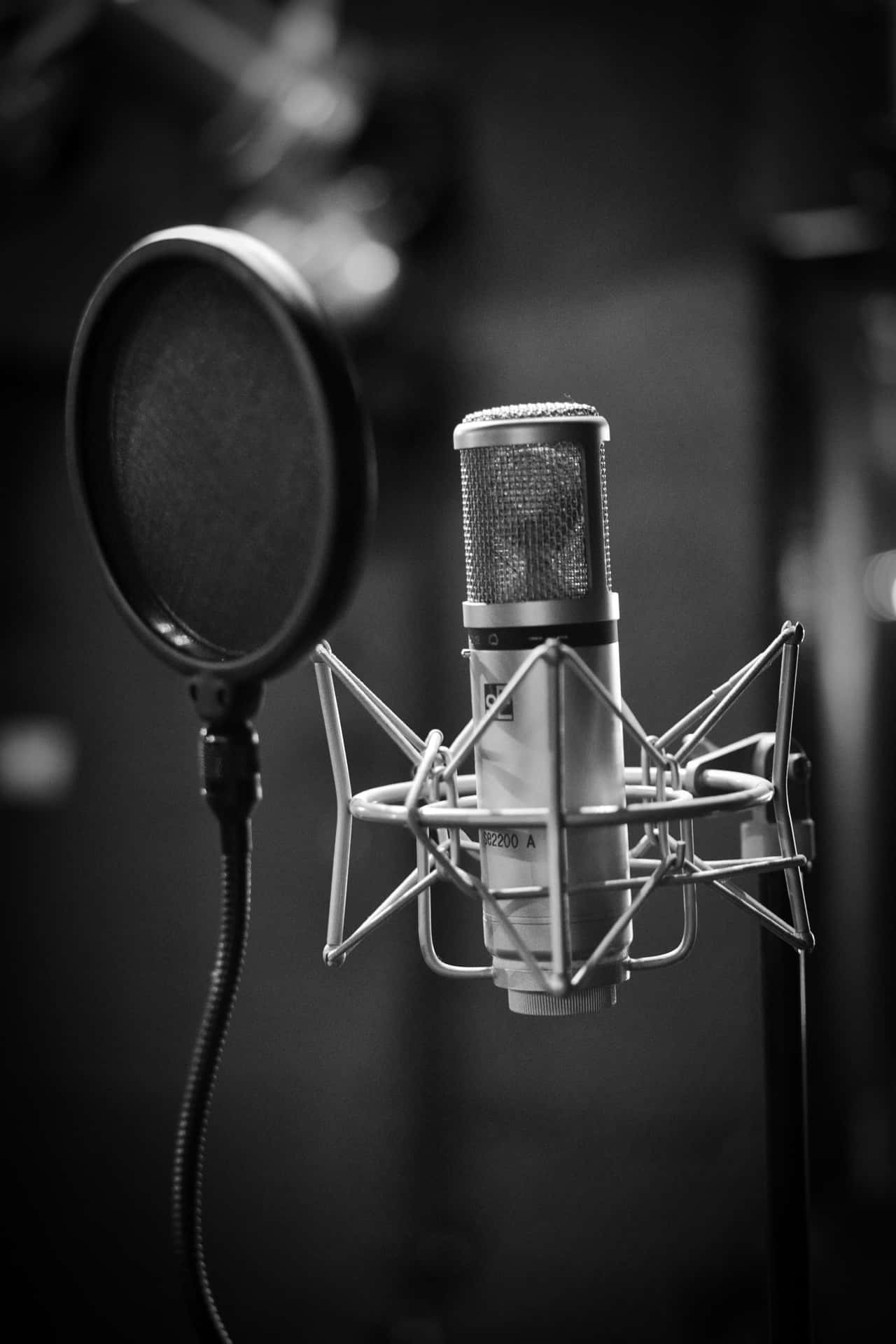
"The Story of Bottled Water" and "The Story of Electronics" by Anne Leonard are an expansion of her series which began with "The Story of Stuff", a confronting series which aims to expose to the regular consumer what happens behind the closed doors of consumer products and their manufacture.
These videos emphasised the massive deficiency we have as a modern society, our greedy consumer behaviours. I understand this even moreso after studying consumer behaviour in marketing and the type of techniques employed in order to entice customers into products. What marketing fails to teach and provide an understanding of, however, is the repurcussions of such an approach, and this is where Anne Leonard fills the gap.
The Story of Electronics struck a chord with me more than The Story of Bottled Water, as I hold a personal interest in electronics and gadgets of that nature, it also emphasized what I never liked about Apple products, their very short products cycles. Having said that, it is undoubtedly a successful business model, which competitors, sadly, are beginning to or have already adopted.
What I learnt from The Story of Electronics was something I was not completely aware of, and that was the toxic nature in which these products are disposed of in third world countries. this made me truly angry. We as Designers, and as human beings in general can not let something like this simply become an accepted fact, not only is it not sustainable, but the damage it is doing to our fellow human beings and should be enough to make anyone change their ways, but sadly, it isn't. We must have a whollistic approach to our designs and consider EVERY detail throughout development, from material choice, consumption/use, to disposal. We must ensure that we are being realistic with what we are trying to achieve and seek to ensure that what we are doing is sustainable, otherwise we simply just contribute to the problem.
The Story of Bottled Water just made me embarrased for being human. Truly. I've never believed in buying bottled water because, well, its just water, and the fact that there are hundreds of multi-billion dollar businesses in it makes me laugh. To be honest, it's pretty stupid, and the amount of waste and toxins released in the manufacture and distribution of a NATURALLY OCCURING product is outrageous considering people in less advantaged parts of the world work so much harder just to achieve safe drinkable water. People need to wake up and realise what they are really paying for and understand the kind of damage the are actually funding.
To summize, these videos made me angry, embarassed and guilty. This kind of behaviour must be changed in order for us to reduce our impact onto the world and more thought must be put into every single product be it the next high-tech gadget or even a bottle of water (or get rid of bottled water completely!).
Whether or not this is possible, well, you have to stay optimistic.
Image: United Nations Symbol for Sustainable Consumption by Helmut Langer
http://www.helmut-langer.eu/images/logo/logo-sc.gif










 What this series clearly demonstrates is the extensive and exhausive process involved in the recycling of materials.
What this series clearly demonstrates is the extensive and exhausive process involved in the recycling of materials.
 "The Story of Bottled Water" and "The Story of Electronics" by Anne Leonard are an expansion of her series which began with "The Story of Stuff", a confronting series which aims to expose to the regular consumer what happens behind the closed doors of consumer products and their manufacture.
"The Story of Bottled Water" and "The Story of Electronics" by Anne Leonard are an expansion of her series which began with "The Story of Stuff", a confronting series which aims to expose to the regular consumer what happens behind the closed doors of consumer products and their manufacture. Proposed System Map
Proposed System Map MEPPS Diagrams
MEPPS Diagrams
 Graphics & Signage Exploration
Graphics & Signage Exploration Council Pamphlet / Information Design
Council Pamphlet / Information Design


 Concept Bin Poster
Concept Bin Poster Concept Trolley Poster
Concept Trolley Poster Appearance Model
Appearance Model